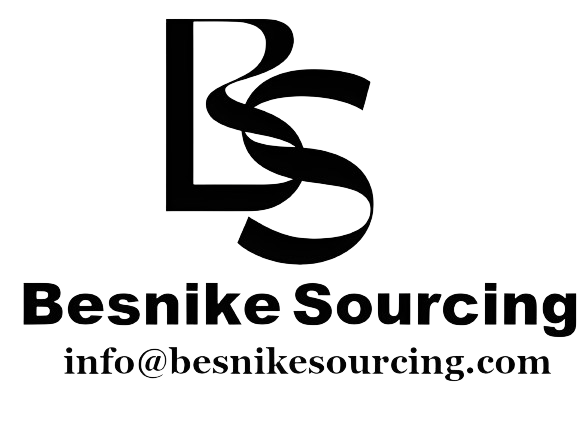Importing products from China involves several steps, and it’s crucial to understand the process to ensure a smooth and successful transaction. Here’s a general guide to help you import products from China:
- Research and Identify Products:
- Conduct market research to identify the products you want to import.
- Consider factors such as demand, competition, and legal requirements.
- Understand Import Regulations:
- Familiarize yourself with the import regulations and restrictions in your country.
- Check for any specific requirements or certifications needed for the products you plan to import.
- Find Reliable Suppliers:
- Research and identify reputable suppliers in China. Use platforms like Alibaba, Global Sources, or attend trade fairs to connect with suppliers.
- Check supplier credibility by reviewing their history, customer feedback, and certifications.
- Negotiate Terms:
- Negotiate terms with your chosen supplier, including product specifications, pricing, payment terms, and delivery arrangements.
- Clearly define responsibilities, quality standards, and any penalties for non-compliance.
- Sample Testing:
- Before placing a large order, request product samples to ensure quality meets your expectations.
- Test samples for compliance with your country’s regulations.
- Place the Order:
- Once satisfied with the samples, place a trial or small order to assess the supplier’s reliability and the shipping process.
- Handle Customs and Duties:
- Understand the customs regulations and duties in your country.
- Work with a customs broker if needed to facilitate the smooth clearance of your goods.
- Shipping and Logistics:
- Choose a shipping method (air, sea, or courier) based on your budget and the nature of the products.
- Coordinate with the supplier on packaging and labeling requirements.
- Quality Control:
- Implement a quality control process to ensure the received goods meet the agreed-upon standards.
- Consider hiring a third-party inspection service if necessary.
- Payment and Documentation:
- Make payments according to the agreed terms, and keep records of all transactions.
- Ensure you have all necessary documentation, including the commercial invoice, packing list, bill of lading, and any certificates required.
- Receive and Distribute:
- Receive the goods and inspect them upon arrival.
- Plan for distribution and address any issues promptly.
- Build Relationships:
- Establish a good relationship with your suppliers for future collaborations.
- Gather feedback on the entire process to improve future transactions.
Remember that importing involves legal and financial considerations, so it’s advisable to consult with professionals, such as customs brokers or legal advisors, to ensure compliance with regulations and minimize risks.

